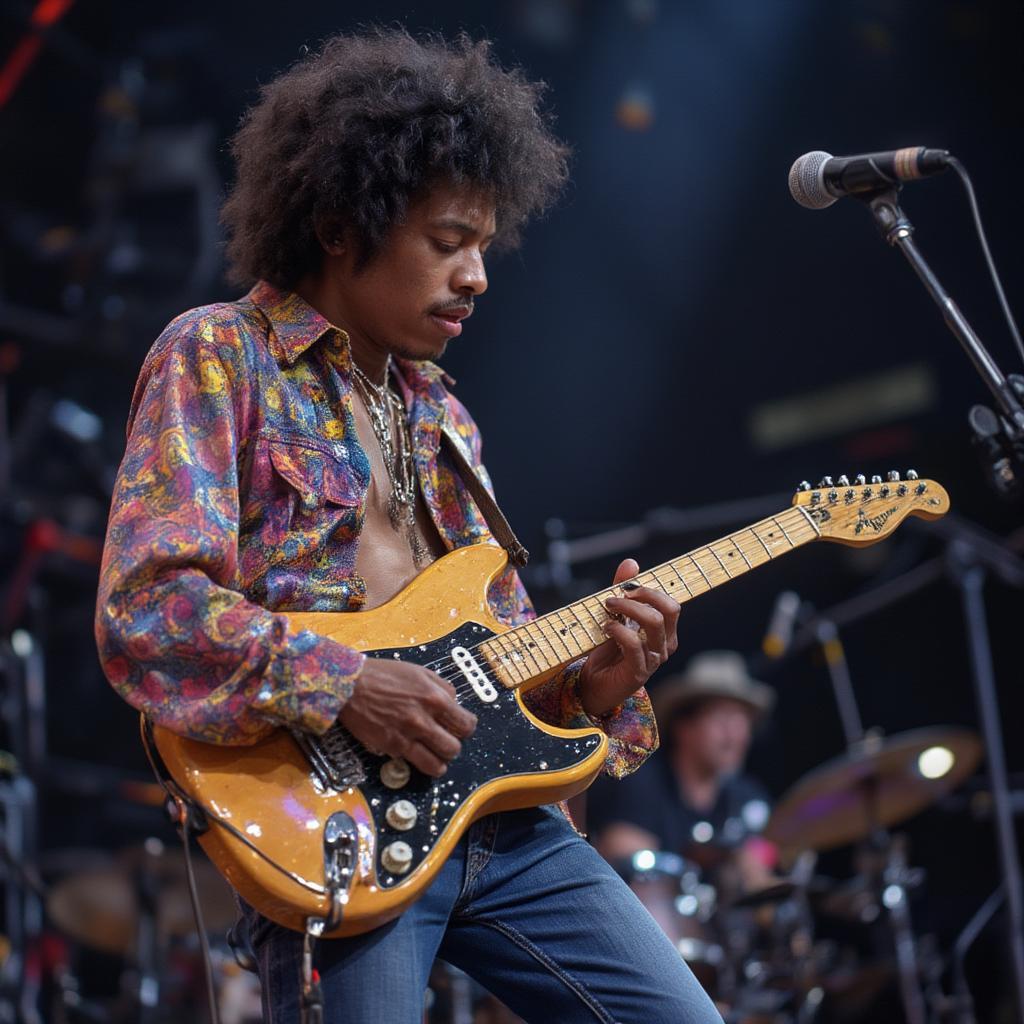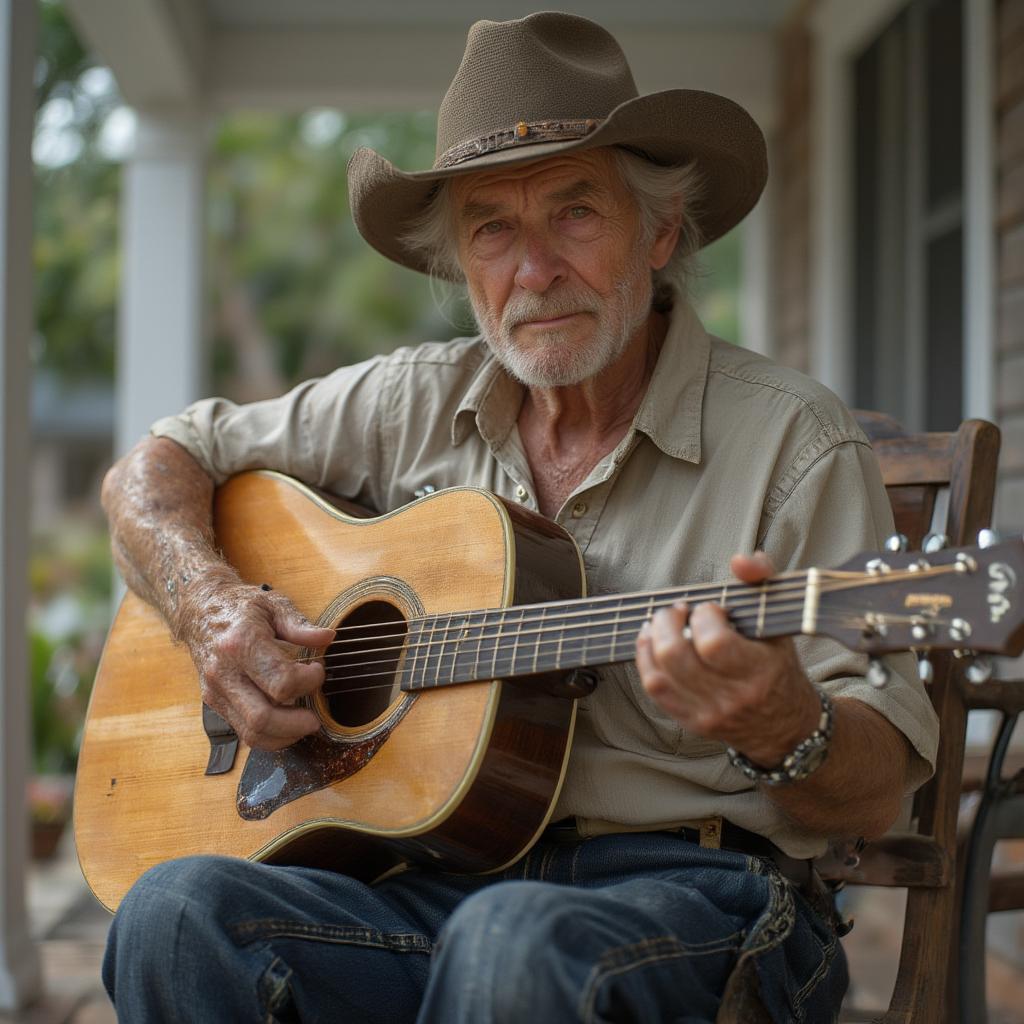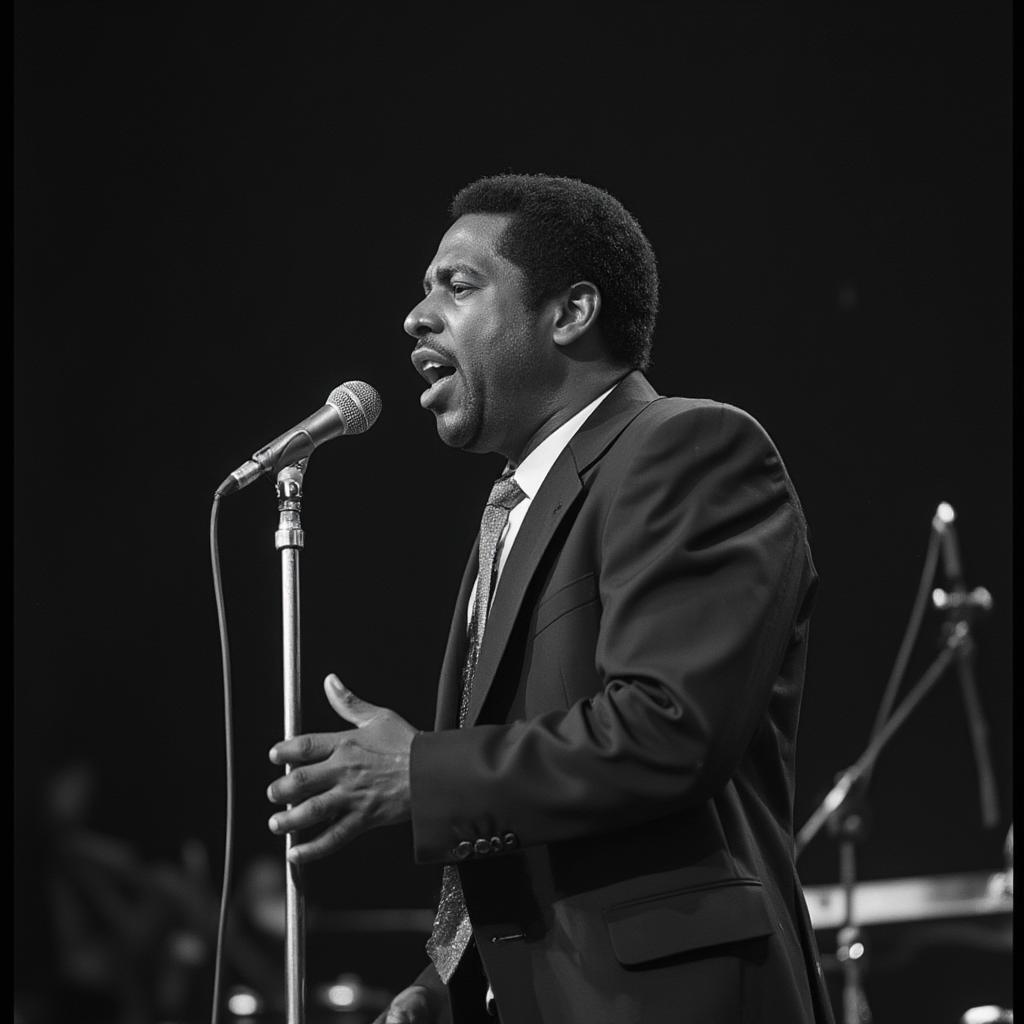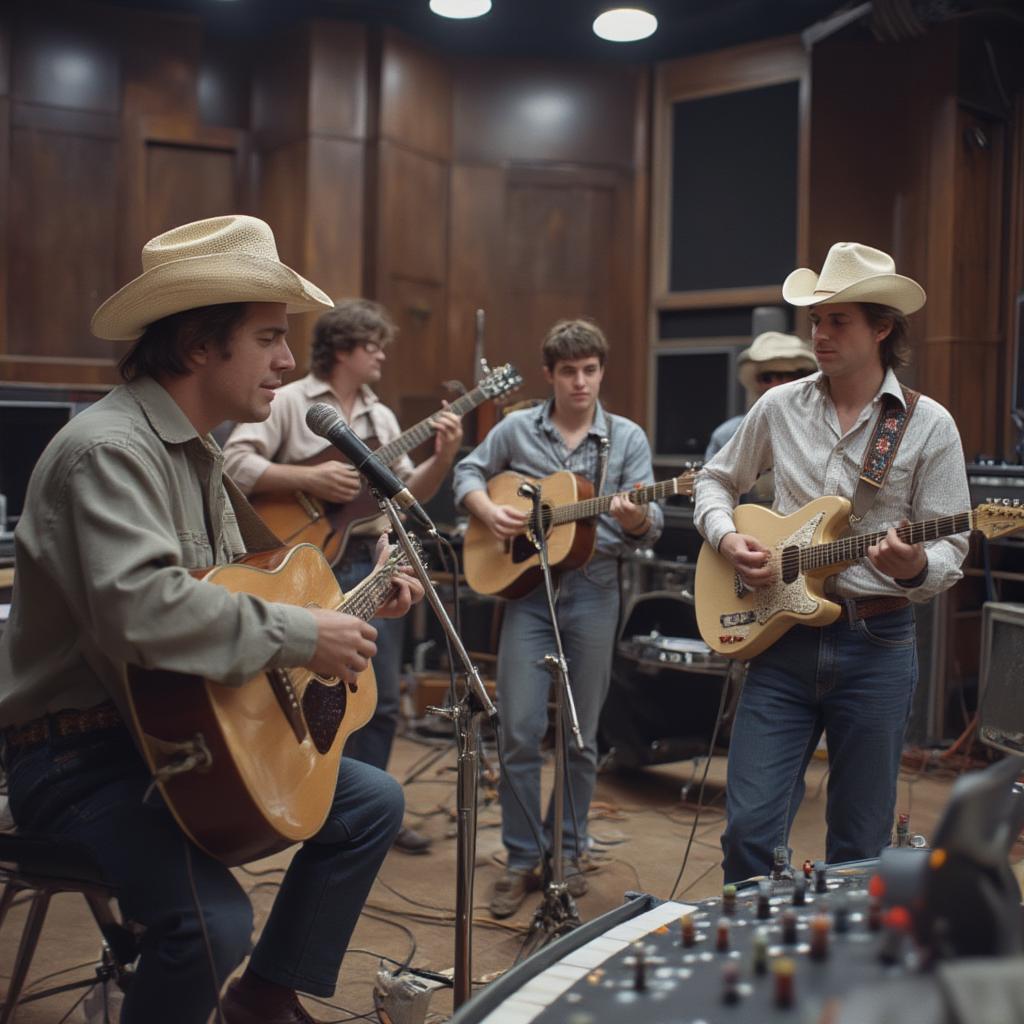Grooving Through Time: Exploring the Iconic Songs of the 60s & 70s

The British Invasion and its Impact on the Music Scene
The early 1960s saw a seismic shift in music with the arrival of British bands. The Beatles, with their infectious tunes and mop-top haircuts, ignited Beatlemania and set the stage for countless others. The Rolling Stones, with their raw energy and rebellious attitude, offered a contrasting but equally captivating sound. These bands, along with The Who, The Kinks, and The Animals, reshaped the music scene in America and around the world, bringing a new wave of rock and roll that blended blues, R&B, and pop. This was more than just music; it was a cultural phenomenon. Consider how their impact led to an explosion of creativity from home-grown American artists, all vying for their place in this evolving musical world.
The Sounds of the British Invasion
- The Beatles: Known for their catchy melodies, harmonies, and innovative songwriting. Think “Hey Jude,” “Let It Be,” or “I Want to Hold Your Hand.”
- The Rolling Stones: Renowned for their blues-infused rock, swagger, and rebellious image. “Satisfaction,” “Paint It Black,” and “Jumpin’ Jack Flash” are anthems from their catalog.
- The Who: Celebrated for their powerful performances, smashing guitars, and rock operas like “Tommy” and “Quadrophenia.” “My Generation” and “Baba O’Riley” remain timeless classics.
- The Kinks: Famous for their distinctive sound, incorporating English folk and social commentary into their rock songs like “You Really Got Me” and “Waterloo Sunset.”
- The Animals: Notable for their gritty, blues-based sound and Eric Burdon’s powerful vocals. “House of the Rising Sun” is one of their signature songs.
“The British Invasion wasn’t just about music; it was a cultural exchange,” notes Dr. Eleanor Vance, a music historian at the University of Cambridge. “It showed that music could be a vehicle for change and self-expression.”
The Rise of Motown and Soul Music
While the British Invasion dominated rock and roll, another revolution was brewing in the US with Motown and soul music. Artists like Marvin Gaye, Stevie Wonder, The Supremes, and Aretha Franklin created infectious rhythms, heartfelt lyrics, and soulful vocals. Motown’s polished sound and catchy tunes crossed racial barriers, while soul music delved into deeper themes of love, struggle, and empowerment. These genres not only produced some of the greatest songs of all time but also played a significant role in the Civil Rights Movement. To understand the sheer versatility of soul, one need only compare the upbeat sounds of the Supremes with the raw emotion of Aretha. For those seeking more soulful tunes, checking out some greatest hits of r&b can be a great place to start.
Key Figures in Motown and Soul
- Marvin Gaye: Known for his smooth vocals, introspective lyrics, and socially conscious music. Consider classics like “What’s Going On” and “Sexual Healing.”
- Stevie Wonder: A musical prodigy who mastered multiple instruments and produced a string of innovative and groundbreaking albums like “Songs in the Key of Life.”
- The Supremes: Led by Diana Ross, this girl group became Motown’s biggest act with their elegant harmonies and sophisticated style, with hits such as “Stop! In the Name of Love” and “You Can’t Hurry Love.”
- Aretha Franklin: Crowned the “Queen of Soul,” renowned for her powerful vocals and emotional depth, as exemplified in hits like “Respect” and “(You Make Me Feel Like) A Natural Woman.”
- James Brown: The “Godfather of Soul,” famous for his dynamic stage presence, funk-infused rhythms, and signature moves. His songs “Papa’s Got a Brand New Bag” and “I Feel Good” are instant classics.
The Evolution of Rock Music in the Late 60s and 70s
The late 1960s and 1970s saw rock music expand and diversify into numerous subgenres, with psychedelic rock, heavy metal, progressive rock, and glam rock emerging. Artists like Jimi Hendrix, Led Zeppelin, Pink Floyd, and David Bowie pushed the boundaries of the genre, experimenting with new sounds, instruments, and stage presentations. This era was defined by innovation and the desire to explore music’s limitless possibilities. What started as simple rock and roll transformed into complex soundscapes that could transport listeners to other worlds.
Exploring Rock Subgenres
- Psychedelic Rock: Characterized by distorted sounds, experimental arrangements, and mind-expanding lyrics. Think of Jimi Hendrix’s “Purple Haze” and The Grateful Dead’s “Truckin’.”
- Heavy Metal: Marked by loud, distorted guitars, powerful vocals, and often fantasy-inspired lyrics. Led Zeppelin’s “Whole Lotta Love” and Black Sabbath’s “Paranoid” are defining examples.
- Progressive Rock: Known for its complex compositions, virtuosic musicianship, and concept albums, exemplified by Pink Floyd’s “The Dark Side of the Moon” and Genesis’s “Selling England by the Pound.”
- Glam Rock: Characterized by its flamboyant costumes, makeup, and theatrical performances, David Bowie’s “Ziggy Stardust” persona and T. Rex’s “Get It On” are perfect showcases of this style.

“The 70s were a musical melting pot, with different genres influencing each other,” says Professor Alistair Hughes, a music professor at the Royal College of Music. “This led to an incredibly creative period.”
The Rise of Funk and Disco in the 70s
The 1970s also witnessed the rise of funk and disco. Funk, with its syncopated rhythms and groovy basslines, provided the foundation for the emerging hip-hop sound. Artists like James Brown, Parliament-Funkadelic, and Sly & the Family Stone brought a raw, energetic sound that defined the era. Disco, on the other hand, with its infectious beats and danceable rhythms, dominated the dance floors, with artists like The Bee Gees, Donna Summer, and KC and the Sunshine Band becoming staples of the party scene. The blend of these styles also helped shape the sound of R&B from this era. If you are looking for some cool r&b christmas music, this era is a treasure trove.
Funk and Disco’s Defining Characteristics
- Funk: Characterized by its heavy emphasis on the downbeat, syncopated rhythms, and groovy basslines. The music of James Brown, Parliament-Funkadelic, and Sly & the Family Stone exemplify the genre.
- Disco: Known for its repetitive four-on-the-floor beat, elaborate arrangements, and themes of love and dance. The Bee Gees’ “Stayin’ Alive,” Donna Summer’s “I Feel Love,” and KC and the Sunshine Band’s “Get Down Tonight” are quintessential disco anthems.
The Significance and Enduring Appeal
The songs of the 60s & 70s remain iconic not just for their musical innovation, but also for their cultural impact. These were decades of immense social change, and music was often at the forefront of it. From the protest songs of the civil rights movement to the anthems of female empowerment, music reflected the spirit of the times and provided solace, inspiration, and a voice to those who felt marginalized. The legacy of these decades continues to inspire artists today and connect with audiences across generations. It’s this connection that makes exploring the oldies but goodies songs list 80s a worthwhile musical journey for everyone.
Finding the Heart of Love in Oldies Music
Within this vast musical landscape of the 60s and 70s, we find not only revolutionary sounds but also some of the most tender and enduring love songs ever written. From the heartfelt ballads of soul to the rock anthems of love and loss, these songs captured the complexities of human emotion. They continue to resonate with audiences today, reminding us of the power of music to express our deepest feelings. Discovering these songs will also point you to some truly amazing oldies music love songs.
Conclusion
The songs of the 60s & 70s are more than just music; they’re snapshots of history, cultural touchstones, and timeless expressions of the human condition. These decades gifted us with an abundance of iconic melodies, insightful lyrics, and unforgettable performances that continue to shape the music landscape. By exploring these sounds, we can gain a deeper understanding of our past and the power of music to transcend time. From r&b singers christmas songs to rock anthems, the decades were a constant source of musical innovation.
FAQ About Songs of the 60s & 70s
-
What were the major genres of the 1960s and 1970s?
The major genres included rock and roll, soul, Motown, psychedelic rock, heavy metal, progressive rock, glam rock, funk, and disco, all contributing to the rich tapestry of music during these decades. -
Who were some of the most influential artists of the 60s and 70s?
Some of the most influential artists include The Beatles, The Rolling Stones, Jimi Hendrix, Aretha Franklin, Marvin Gaye, Stevie Wonder, Led Zeppelin, Pink Floyd, and David Bowie, each of whom helped shape their own particular genre. -
How did the British Invasion impact the music scene in the US?
The British Invasion brought a wave of new rock and roll bands from the UK, which significantly influenced the sound and direction of American music, creating a vibrant exchange between the two countries. -
What role did music play in the social and political movements of the 60s and 70s?
Music played a significant role, with protest songs reflecting the concerns of the Civil Rights Movement and other social changes, while also providing inspiration and a sense of unity. -
How did Motown music contribute to the cultural landscape of the 60s?
Motown brought a fresh, polished and universally appealing sound that helped bridge racial divides and showcased the talents of many black artists, playing a big part in the era’s cultural transformation. -
What is the legacy of the songs of the 60s and 70s?
The songs of the 60s and 70s left a lasting legacy, influencing countless artists and genres, and continuing to be enjoyed by new generations due to their universal themes and timeless melodies. -
What was unique about the way music was produced and recorded in the 60s and 70s compared to today?
Music of this period often featured more raw, organic production, with less digital manipulation, which resulted in a distinctly vintage sound that remains desirable. -
How did the rise of funk influence the development of hip-hop?
Funk’s rhythmic complexity, emphasized basslines, and syncopated drum beats provided the backbone of early hip-hop, shaping its rhythm and feel as a genre. -
What makes these oldies songs still appealing to today’s listeners?
The timeless appeal of these songs comes from their universal themes of love, loss, joy, and rebellion. It is also due to the quality of musicianship, and a sense of nostalgia that connects people to past generations.




